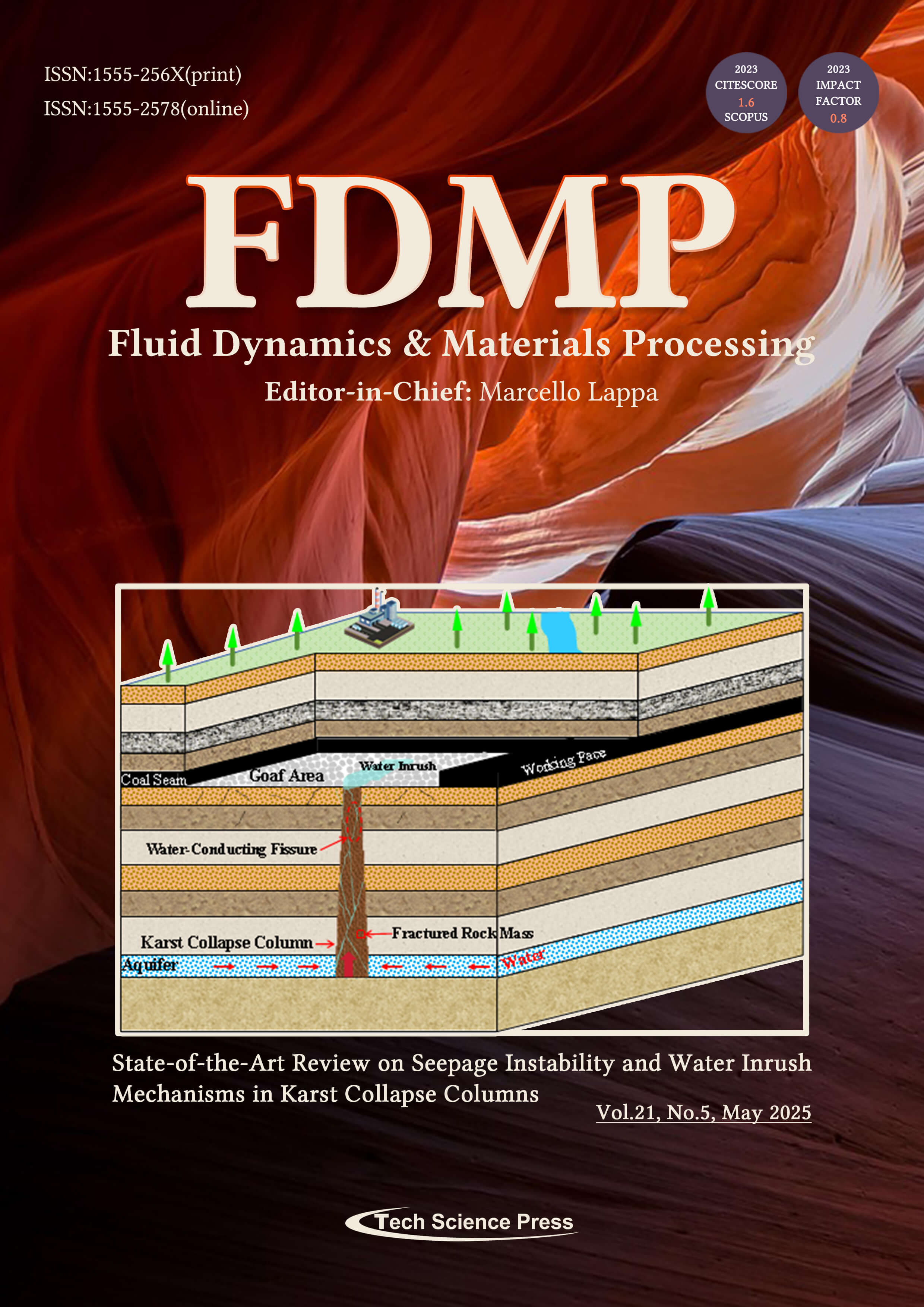
This study systematically examines the permeability characteristics of collapse columns and the mechanisms behind water inrush events. A schematic diagram effectively illustrates the hydrogeological conditions in coal mining areas affected by collapse columns. It shows how geological structures can serve as primary water-conducting channels when subjected to the combined effects of mining-induced stress and confined water pressure, ultimately resulting in water inrush incidents at the working face.
View this paper